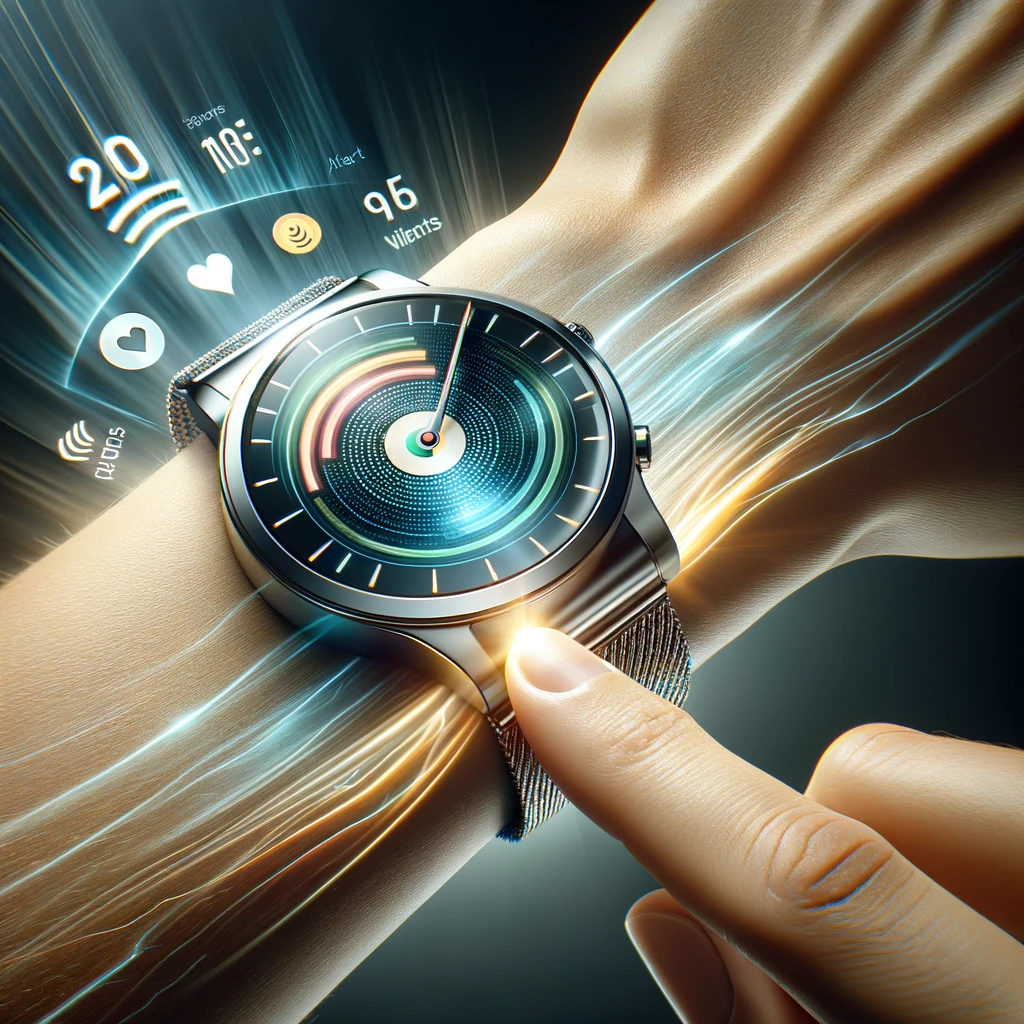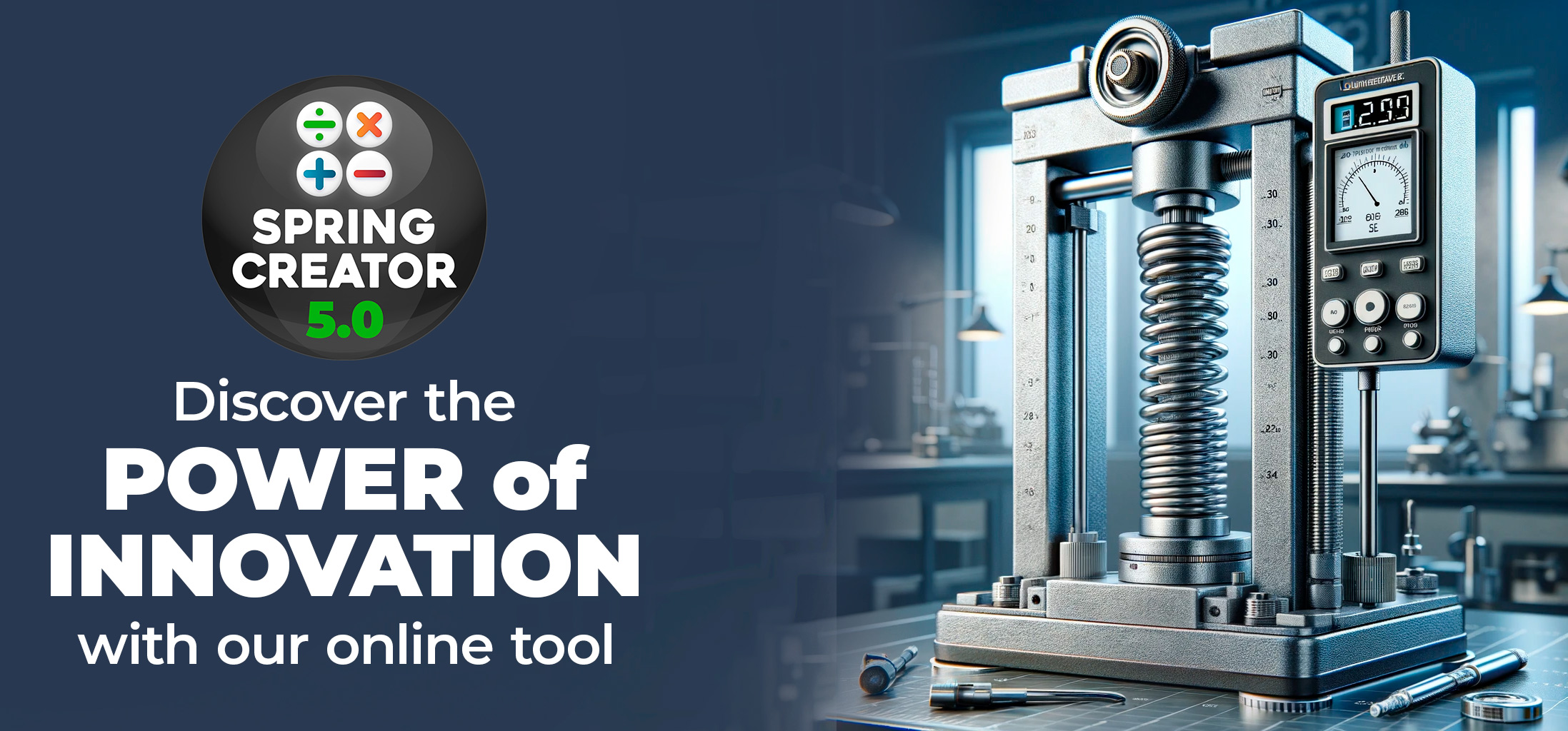Revolutionizing the Watch Industry: The Role of Springs in Timekeeping
Revolutionizing the Watch Industry: The Role of Springs in Timekeeping
Introduction:
The intricate world of horology relies heavily on the precision and durability of its components, with springs playing a pivotal role in the functionality of timekeeping devices. From the mainsprings that power the movements to the delicate balance springs that regulate them, the quality and design of these springs are fundamental to the accuracy and reliability of watches. This article explores the evolution of spring technology in timekeeping, shedding light on historical milestones, contemporary examples, and the future of spring innovations. By focusing on the advancements and tools available, such as Acxess Spring's Spring Creator 5.0 and Online Spring Force Tester, we aim to provide insights for makers, manufacturers, inventors, innovators, and industry enthusiasts on how to leverage these developments to push the boundaries of what's possible in watchmaking.
Historical Overview
The history of springs in timekeeping dates back to the 15th century, marking a significant leap from stationary to portable timepieces. The introduction of the mainspring allowed for the creation of the first portable clocks, a revolutionary development that enabled people to carry time with them. In the 17th century, the invention of the balance spring by Christiaan Huygens dramatically improved the accuracy of timepieces, reducing time loss from hours to mere minutes per day. This innovation laid the groundwork for precision in mechanical watches, highlighting the critical role of springs in advancing the field of horology.
- The Swiss Lever Escapement: This mechanism is a prime example of the intricate use of springs in ensuring timekeeping precision. The Swiss lever escapement has been a standard in watchmaking since the 19th century, owing to its efficiency and reliability. Its success is largely attributed to the precise action of the lever and escape wheel, controlled by finely tuned springs.
- Breguet’s Tourbillon: Designed by Abraham-Louis Breguet in 1801, the tourbillon is an exemplary case of overcoming gravity's effects on pocket watches. By housing the escapement and balance wheel in a rotating cage, Breguet countered the effects of gravity, enhancing the watch's accuracy. The mechanism's success is a testament to the precision engineering of springs and their role in horological innovations.
- Smartwatch Vibrations: The application of springs in modern smartwatches, particularly for haptic feedback, showcases the evolution of spring technology. These tiny springs enable precise vibrations, providing tactile alerts and enhancing the user experience. This modern application underscores the versatility and ongoing innovation within spring technology in timekeeping devices.


Design Challenges
Designing springs for watches presents unique challenges, from selecting materials that maintain their properties over time to achieving manufacturing precision at a micro-scale. The search for spring materials that offer both durability and consistent performance is ongoing, with innovations in alloys and manufacturing techniques continually emerging. Moreover, the intricate balance between adhering to traditional watchmaking craftsmanship and embracing modern design and materials poses a significant challenge. These hurdles necessitate advanced tools and methodologies for designing and testing springs, ensuring they meet the stringent requirements of precision timekeeping.
Advancements in Spring Technology


The introduction of tools like our Spring Creator 5.0 marks a significant advancement in spring design and testing. This software allows for the detailed simulation of spring behavior, enabling designers to optimize spring characteristics for specific applications before moving to production. Similarly, the Online Spring Force Tester provides an essential resource for testing the force exerted by springs, ensuring that the final product meets the required specifications for accuracy and reliability. These tools represent critical advancements in the field, offering new possibilities for innovation in spring design and application in timekeeping.


Leveraging New Technologies
The adoption of advanced spring design and online spring testing tools is crucial for pushing the boundaries of what's possible in watchmaking. For instance, a luxury watch manufacturer's use of Spring Creator 5.0 to design a mainspring that significantly increased the power reserve of their flagship model demonstrates the potential of these technologies to drive innovation. By enabling precise design and testing of springs, these tools facilitate the development of timepieces that are not only more accurate but also more sophisticated in their functionality.
Conclusion
Springs remain at the heart of precision timekeeping, with their development and innovation continuing to play a critical role in the evolution of the watch industry. The challenges of spring material science, manufacturing precision, and the integration of traditional craftsmanship with innovative designs are driving the industry forward. Tools like Spring Creator 5.0 and Online Spring Force Tester are at the forefront of this advancement, offering unprecedented opportunities for innovation in spring technology. As we look to the future, the role of springs in enhancing the accuracy, reliability, and functionality of timepieces will undoubtedly remain a central focus, continuing to inspire innovations that push the boundaries of horological excellence.





